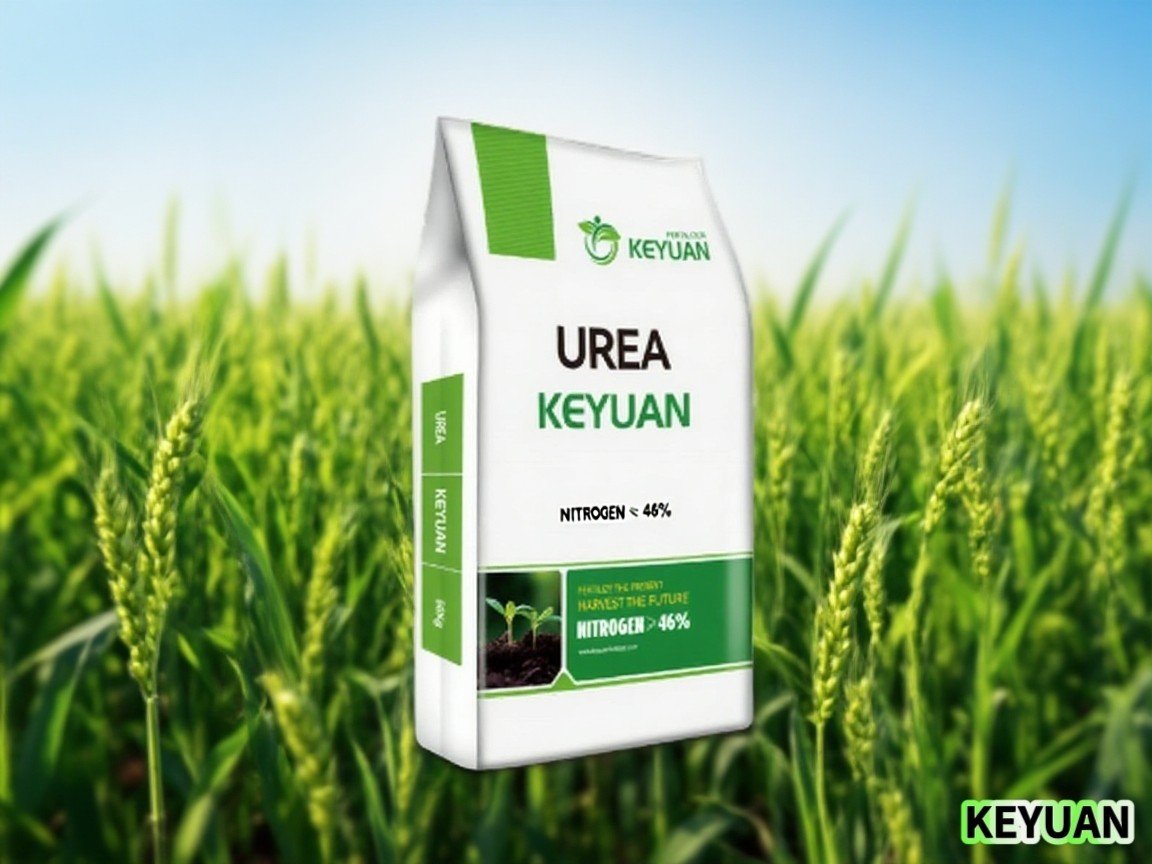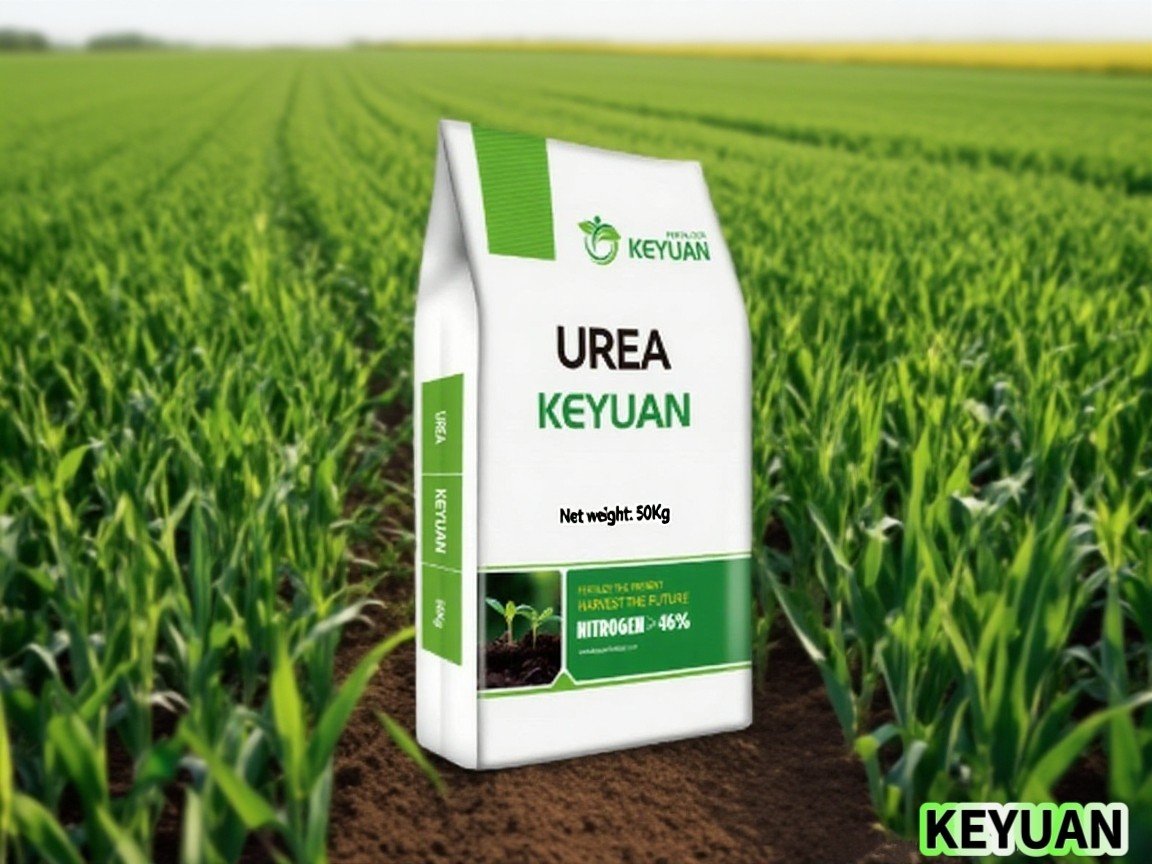
1. Supply chain shocks caused by geopolitical conflicts
The suspension of production in the Middle East has pushed up the global price of urea. Egypt's urea production has been completely suspended due to the interruption of natural gas supply, Iran's 8 million tons of production capacity has been shut down, and Russia's Azot chemical plant has been attacked, resulting in a sharp drop in international urea supply and a surge in prices to $390-400/ton (FOB). In mid-June, a series of geopolitical conflict events hit the global fertilizer supply chain hard.
After the United States intervened in the Middle East conflict, on the afternoon of June 23, the price of urea at the Port of New Orleans (Port Nora) rose by 7% in a single day. The transaction price of barges shipped to Port Nora in July was $443-450/short ton FOB, an increase of about $30/short ton from June 20. Since Israel launched its first attack on Iran on June 13, the price of barges at Port Nora has risen by $100/short ton. The supply risk in the Middle East continues to ferment. If the Strait of Hormuz is blocked, it will further impact the supply chain.
2. Current supply and demand pattern
As the world's largest export source, the Middle East has seen supply disruptions that directly push up international prices. At the same time, China's production capacity continues to be released, with the average daily output in June remaining at a high of more than 200,000 tons, but due to export policy restrictions, domestic inventories are still as high as 1.136 million tons, at a historical high for the same period. The widening price gap between domestic and foreign markets has driven Chinese traders to export at ports, but the international community is skeptical about the ability to digest the increase.
3. Latest export policy
China's export policy has been marginally relaxed but with limited intensity. The May policy clearly stated that the export window period is from May to September, with the total volume controlled at around 2 million tons. The approval process has been tightened, and exports must be approved by associations and regulatory authorities, which greatly reduces export efficiency.
4. Summary: The oscillation pattern continues, beware of high-level corrections
The current international urea market is in a seesaw phase between "geo-driven premiums" and "weak fundamentals". In the short term, the Middle East conflict supports price fluctuations to be strong, but beware of the release of inventory pressure after the sentiment subsides.
In the medium and long term, we need to pay attention to the progress of global supply chain repair (especially Russia and the Middle East) and the strength of demand realization during the agricultural peak season, which will determine whether prices will reverse substantially.





